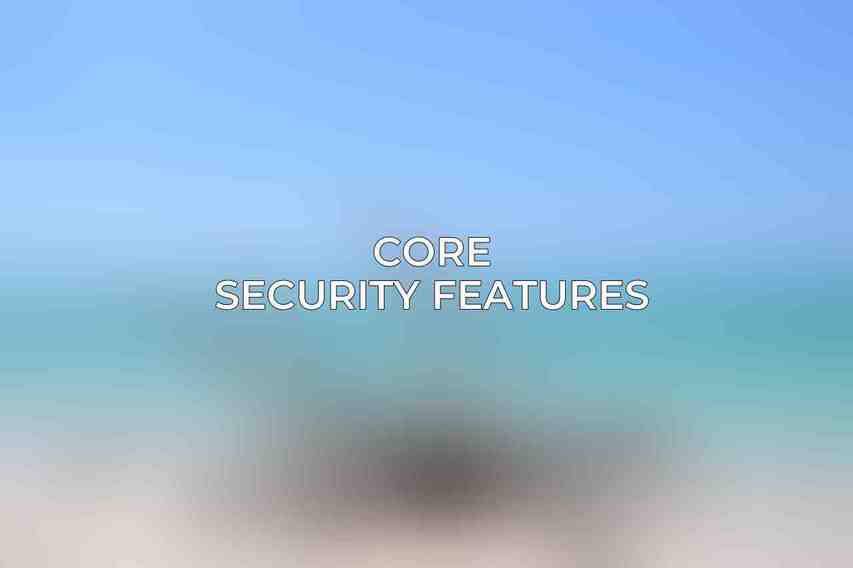Smart home hubs have revolutionized the way we interact with our living spaces, allowing for seamless control and automation of various devices. However, with this convenience comes the critical need for robust security features to protect our privacy and data. Here, we will delve into the essential security features that every smart home hub should have, with a focus on the popular Echo Hub by Amazon.
Core Security Features

Device Authentication and Authorization:
One of the fundamental security features in smart home hubs is device authentication and authorization. This involves verifying the identity of connected devices to prevent unauthorized access. The Echo Hub utilizes a combination of Bluetooth, Wi-Fi, and proprietary protocols to authenticate devices, ensuring only trusted connections are established.
Data Encryption:
Data encryption is crucial for protecting sensitive information transmitted between devices and stored within the hub. The Echo Hub implements AES-256 encryption, a robust algorithm widely recognized for its security and confidentiality, to safeguard data both in transit and at rest.
Secure Firmware Updates:
Regular firmware updates are essential to patch vulnerabilities and enhance the security of the smart home hub. The Echo Hub offers automatic firmware updates that come with digital signatures for verification, ensuring the integrity and authenticity of the software updates.
Network Protection:
A secure network is the backbone of a smart home ecosystem. The Echo Hub comes equipped with a built-in firewall and intrusion detection system to shield the network from malicious activities and unauthorized access attempts, providing an added layer of defense against cyber threats.
Physical Security:
In addition to safeguarding against digital threats, physical security measures are also essential to prevent unauthorized access to the hub. The Echo Hub is designed with a tamper-evident enclosure, making it more challenging for intruders to tamper with the device.
Advanced Security Considerations
Voice Authentication:
Voice authentication technology enhances security by verifying a user’s identity through voice commands. The Echo Hub incorporates Amazon’s Voice ID technology, enabling voice-based user identification for a more personalized and secure user experience.
Biometric Authentication:
While not currently supported by the Echo Hub, biometric authentication using fingerprints or iris scans offers a high level of security for access control. Integrating biometric authentication could further enhance the overall security of the smart home hub.
Two-Factor Authentication:
Two-factor authentication adds an extra layer of security by requiring users to provide additional verification beyond their passwords. While the Echo Hub currently does not support two-factor authentication, incorporating this feature would strengthen overall security measures.
Security Certifications:
External security certifications validate that the smart home hub meets industry standards for security. The Echo Hub is certified for compliance with ISO/IEC 27001:2013 and CSA STAR Level 1, reassuring users of its adherence to rigorous security protocols.
Best Practices for Smart Home Hub Security
Ensuring the security of your smart home hub goes beyond the features provided by the device itself. By following these best practices, you can further enhance the security of your smart home ecosystem:
- Choosing a Secure Hub: Prioritize security features and certifications when selecting a smart home hub.
- Regular Firmware Updates: Keep your hub’s software up to date to protect against the latest security threats.
- Strong Passwords: Use complex and unique passwords for your hub and enable two-factor authentication if available.
- Secure Network: Secure your Wi-Fi network with a strong password and consider using a VPN for added encryption.
- Monitor Activity: Regularly review activity logs for any suspicious or unauthorized access attempts.
- Educate Users: Educate household members on security best practices for smart home devices to mitigate risks and ensure a secure environment.
security should be a top priority when selecting a smart home hub to protect your privacy and data. The Echo Hub by Amazon exemplifies many essential security features, providing users with a secure and reliable smart home experience. By following best practices and staying vigilant, you can enhance the security of your smart home hub and enjoy the benefits of a connected home with peace of mind.
Frequently Asked Questions
What are some essential security features in smart home hubs?
Some essential security features in smart home hubs include encryption to protect data transmissions, multi-factor authentication to secure access to the system, regular software updates to patch vulnerabilities, strong password requirements, and the ability to monitor and manage connected devices remotely for any unauthorized access.
How can encryption help protect data in smart home hubs?
Encryption helps protect data by encoding information in a way that only authorized parties can decode it. This ensures that any data transmitted between devices in a smart home hub is secure and cannot be intercepted by malicious actors.
Why is multi-factor authentication important for smart home hubs?
Multi-factor authentication adds an extra layer of security by requiring users to provide two or more forms of verification before accessing the system. This significantly reduces the risk of unauthorized access, even if a password is compromised.
Why should smart home hubs receive regular software updates?
Regular software updates are essential for smart home hubs as they often include patches for known vulnerabilities. By keeping the system up-to-date, users can protect their devices and data from potential security threats.
What role do strong password requirements play in securing smart home hubs?
Strong password requirements help prevent unauthorized access by ensuring that users create robust and unique passwords. This makes it more difficult for attackers to guess or crack passwords, enhancing the overall security of the smart home hub.

